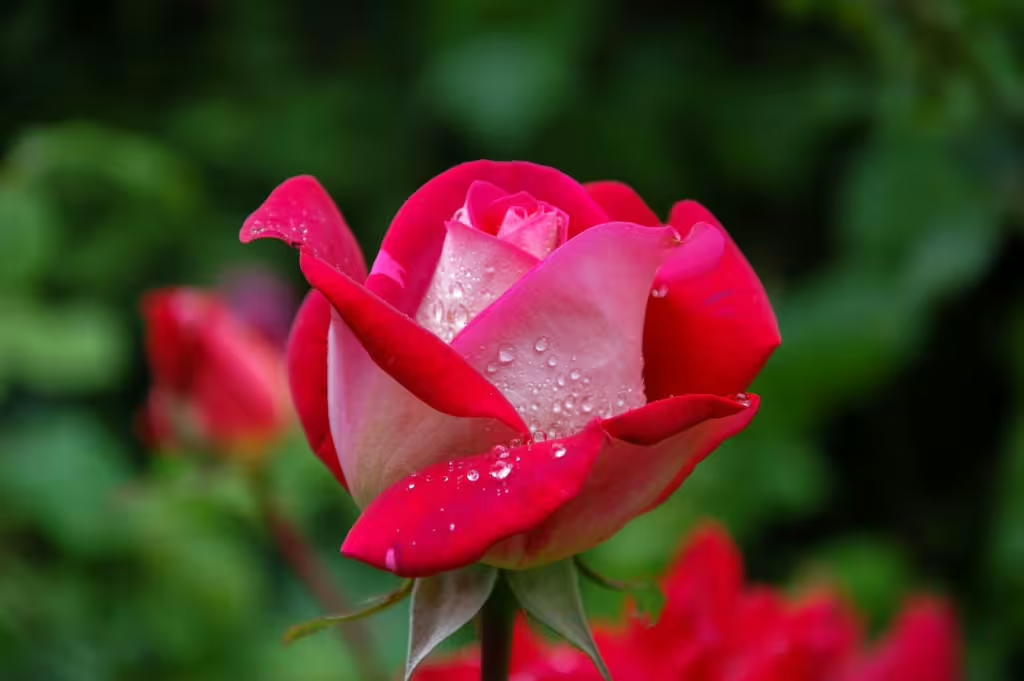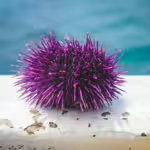When we behold a flower, we aren’t just seeing a beautiful bloom. What we are really witnessing is nature’s u bridled ingenuity, reproductive potential, and symmetry, all rolled into one dainty package. Most people would wholeheartedly agree that flowers, in general, are one of nature’s most captivating creations, but few people understand how crucial of a role they play within our planet’s ecosystem.
Beyond their beauty, flowers are essentially biological powerhouses. These delightful blooms are responsible for reproduction of many plant species the world over and they achieve this mostly through pollination. This process facilitates the survival of countless plants and contributes to biodiversity in nearly every ecosystem in the world.
In this article, we will explores the inner workings of flowers and how they help plants to reproduce. At the same time, we will also highlight some of the most extraordinary species of flowers that exist and why each of them is so worthy of exploration. Finally, we will speak on the subject of climate change, examining how different flowers are changing in response to ever worsening environmental condition.
The Science Behind Flowers
For those who do not know, we would like to clarify what a flower’s actual function is on a plant. In many ways, flowers are the genitals of a plant, though their purpose as reproductive structures only pertains to flowering plants, otherwise known as angiosperms. In this regard, a flower’s primary function is to facilitate pollination and seed production and it generally does this by drawing the attraction of animals who can carry that reproductive material on to other neighboring plants and flowers. The major parts of a flower include:
Petals: The colorful structures that we see when we look at a flower are not just there to attract our attention, but to attract pollinators like bees, butterflies, and birds.
Sepals: Before a flower blooms, it is surrounded by leaf-like structures called sepals, that essentially protect the developing bud until it’s ready to grow into a full flower.
Stamens: The stamen is the male reproductive organ in a flower and it contains pollen-producing anthers.
Pistil: The female reproductive part is known as the pistil and every plant has one. The pistil includes the stigma, style, and ovary structures.
Pollination is what occurs when pollen is transferred from the anther of one plant to the stigma of another, often with the help of insects or birds. Many times, this process can also be facilitated by way of wind or water, which can transfer the pollen over breezes and during rainfall. Regardless of the method, once fertilization happens, the resultant ovule develops into a seed, ensuring the continuation of that particular plant species.
Extraordinary Breeds of Flowers
Rose (Rosa)
Known for its stunning variety of colors and the deep symbolism that it represents, the rose is, without equivocation, the world’s most iconic flower. Many cultures believe that the rose represents love, passion, and beauty, which might explain why roses have been cultivated for thousands of years. There are over 300 species existing in the world today, which includes hybrid roses, such as tea roses. This common variety is the one most readers will be familiar with as they are widely grown in gardens all over the world. Beyond their aesthetic appeal, roses are also used in a number of perfumes, teas, and even have medicinal qualities. Rose petals are often infused into oils and cosmetics, providing numerous skincare benefits, as well as an iconic scent. Additionally, roses have become something of a staple in romantic gestures, with different colors symbolizing distinct emotions—red for love, white for purity, yellow for friendship, and so on.
Tulip (Tulipa)
Originating from Central Asia, tulips became famous in the Netherlands during the 17th-century. Known as “Tulip Mania.” this period of time saw the tulip becoming something of a cash crop and they have even made movies on the subject. Today, the far from humble tulip comes in nearly every color under the sun. They are a potent symbol of perfect love and rebirth, which makes sense as tulips are perennial bulbs, that can return with each passing year; so long as their bulbs are cared for properly during the cold months.
Every spring, fields of tulips create breathtaking landscapes, but it isn’t only the Netherlands that have such stunning displays. Indeed, these flowers are also significant in Persian and Turkish cultures, where they represent abundance and paradise rather than love. In gift-giving, tulips are often used in bouquets and floral arrangements due to their vibrancy.
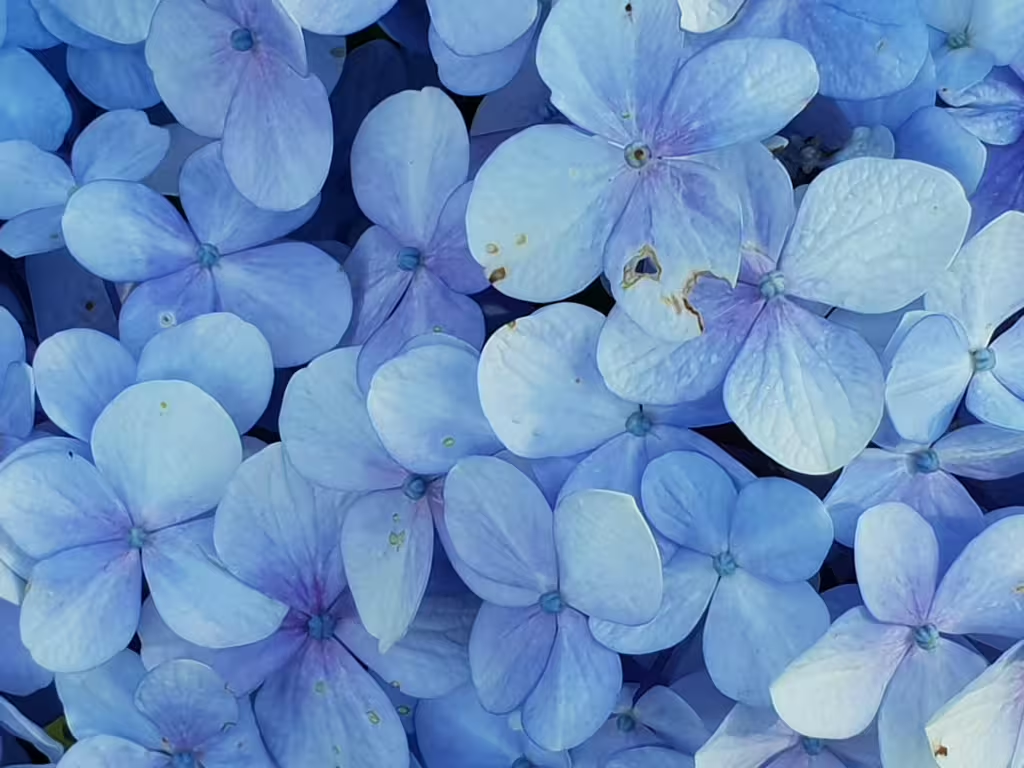
Orchid (Orchidaceae)
Orchids are among the most diverse flower families, containing over 25,000 species; rather more than one might expect to find in the floral department of your local supermarket. These amazing vine-dwelling flowers range from the delicate vanilla orchid to the stunning moth orchid (Phalaenopsis). In addition to having a distinct and dainty appearance, orchids have complex pollination mechanisms. This method is specialized and the plants often rely on specific insects to get the job done. These makes them particularly vulnerable to the declining insect populations that have resulted from climate change, pollution, and habitat destruction.
Orchids are flowers that symbolize love, strength, and beauty. They are widely grown as ornamental plants and their exotic appearance makes them highly sought-after in floral design. In terms of care, many orchids require careful cultivation, thriving best in warm, humid environments. Some species, such as the ghost orchid, are exceptionally rare and difficult to grow.
Sunflower (Helianthus annuus)
Sunflowers are quite famous for their large, bright yellow blooms. They are so-named because they look like miniature suns but what many readers may not know is that they also track the sun, in a behavior known as heliotropism. Most of the time, these large and lovely flowers are cultivated for their seeds, which produce oil and are a healthy, nutritious snack. Sunflowers symbolize adoration and longevity, and play an essential role in agriculture and ecology. Not only do they provide us with snack fodder for our trail mixes, they are used as food for birds and insects. Sunflowers are native to North and Central America, where they were historically used by Indigenous peoples for food as well as medicinal purposes. Of all the flowers on this list, sunflowers are can grow remarkably tall, with some varieties reaching over 10 feet. Also, sunflowers are highly valued for their ability to remove toxins from soil, which is a process known as phytoremediation.
Cherry Blossom (Prunus serrulata)
The iconic cherry blossoms are deeply symbolic in Japanese culture. To many, the delicate pink and white flowers of the cherry blossom represent the fleeting nature of life. This likely due to the face that they only bloom in spring for a short period before falling. Festivals like Japan’s Hanami celebrate the beauty of cherry blossoms, attracting millions of visitors each year. Cherry trees are also cultivated in other countries, however, such as the United States, where Washington, D.C., hosts their own annual cherry blossom festival. The flowers’ brief lifespan is often used as a metaphor in poetry and art. Like many botanical compounds, cherry blossom extracts are used in skincare products, as they contain antioxidants that help improve skin texture.
Lily (Lilium)
Lilies are elegant, trumpet-shaped flowers that symbolize both purity and renewal. Often used in religious and funerary traditions, the white lily is the most common, though they do come in many different colors. Lilies have a strong fragrance and are a favorite choice for bouquets and garden cultivation in many countries. The aforementioned white lilies are especially common in Christian iconography, and often are used to represent the purity of the Virgin Mary. Some varieties, such as the tiger lily, have striking orange petals with dark spots and have become favorites among flower enthusiasts and horticultural collectors. Lilies thrive in well-drained soil and are considered to be relatively low-maintenance, which makes them easy to grow and care for. However, be warned! Lilies are toxic to cats so pet owners should beware. Despite this, their beauty and symbolism make them beloved worldwide.
Peony (Paeonia)
Peonies might seem like something of a commonplace flower, being used in many wedding bouquets and flower arrangements, but these popular blossoms are sought after for a reason. Their lush, voluminous blooms and sweet scent have always attracted human attention, and they are considered by many people to be symbols of prosperity and romance. Native to Asia, Europe, and North America, peonies are long-lived perennials flowers, like tulips, that thrive best in temperate climates. In China, peonies are actually known as the “king of flowers” and as such, are often associated with wealth and honor. Peonies require patience to cultivate, and even with hard work, they may take several years to bloom fully. However, once established, they can live for decades. Their roots have anti-inflammatory properties and are sometimes used in traditional medicine.
Carnation (Dianthus caryophyllus)
Carnations have ruffled petals and come in various colors. What’s interesting about this particular flower is that each color carries different meanings. For example, red carnations symbolize deep love, while white represents purity. These flowers are quite popular in floral arrangements, so it’s no surprise that they have been cultivated for over 2,000 years. Carnations are widely used in corsages and boutonnieres for formal events like proms and weddings. They have a pleasant, spicy fragrance and are edible in some capacity, so they can be used in teas as well as in essential oils. Carnations are also pretty hardy and can thrive in a variety of soil conditions. This makes them relatively low-maintenance for home growers.
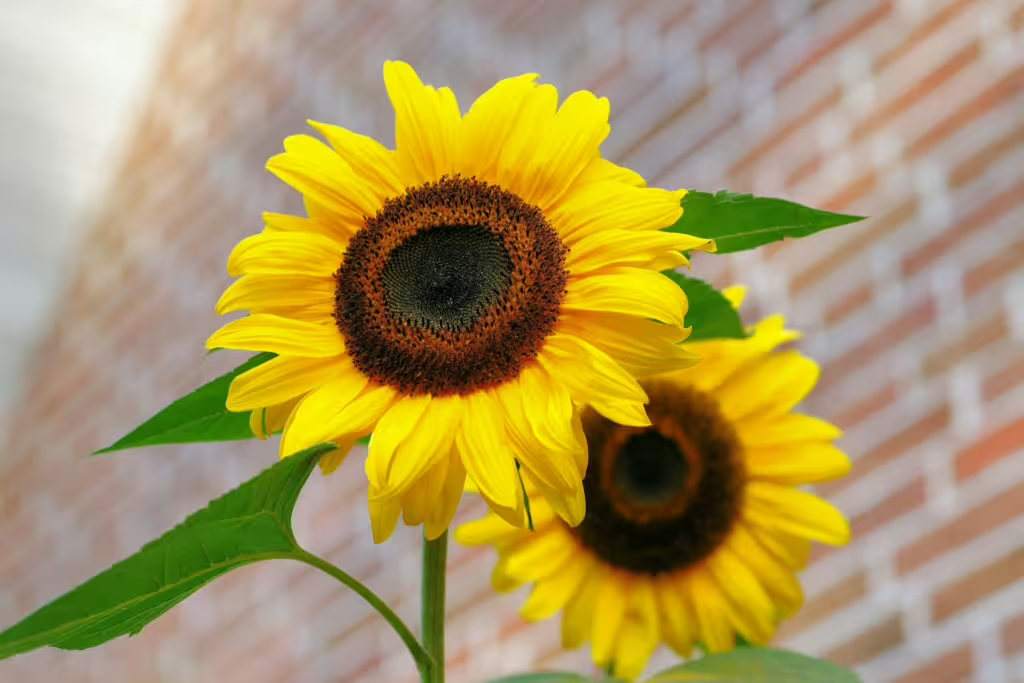
Lotus (Nelumbo nucifera)
The lotus holds spiritual significance in several Eastern cultures, but specifically in religions like Hinduism and Buddhism. In these religions, the lotus symbolizes enlightenment and purity. Because it grows in muddy waters yet blooms with pristine petals, it is often seen as representing resilience and inner beauty. Often used as a popular motif in art and literature, this flower is considered divine or magical by many. When we say magical, we aren’t just being hyperbolic, either. Lotus seeds can remain viable for centuries, which is, frankly, an astonishing display of longevity. Lotus’ are edible as well. The roots and seeds of the lotus are widely used in Asian cuisine for their nutritional benefits. Finally, this plant’s hydrophobic properties allow water droplets to roll off its leaves, a phenomenon known as the “lotus effect,” which has inspired self-cleaning technology in various industries.
The Impact of Climate Change on Flowers
Climate change is affecting every single living thing on this Earth, as well as the weather, geography, and every body of water. In terms of plants, the change in weather patterns are already altering the way flowers grow, bloom, and reproduce. Rising temperatures, shifting rainfall patterns, and changing pollinator behaviors are all affected and as they are, so too are flowering plants. Interestingly enough, those same flowering plants have begun to adapt to the change in significant, often remarkable ways:
Earlier Blooming: Many flowers have begun shifting their blooming times weeks earlier than usual, which disrupts pollination cycles.
Shifts in Pollinator Behavior: Pollinators such as bees and butterflies have seen steep declines in their numbers thanks to a lethal combination of habitat loss and climate change, thereby reducing successful fertilization for many affiliated plant species.
Extreme Weather Events: Droughts, heatwaves, and storms can cause serious, irreparable damage to flowers, leading to decreased yields in crops that rely on pollination in order to propagate.
Loss of Native Species: Some flower species have struggled in vain to adapt to new climates, causing shifts in ecosystems and rampant loss of biodiversity.
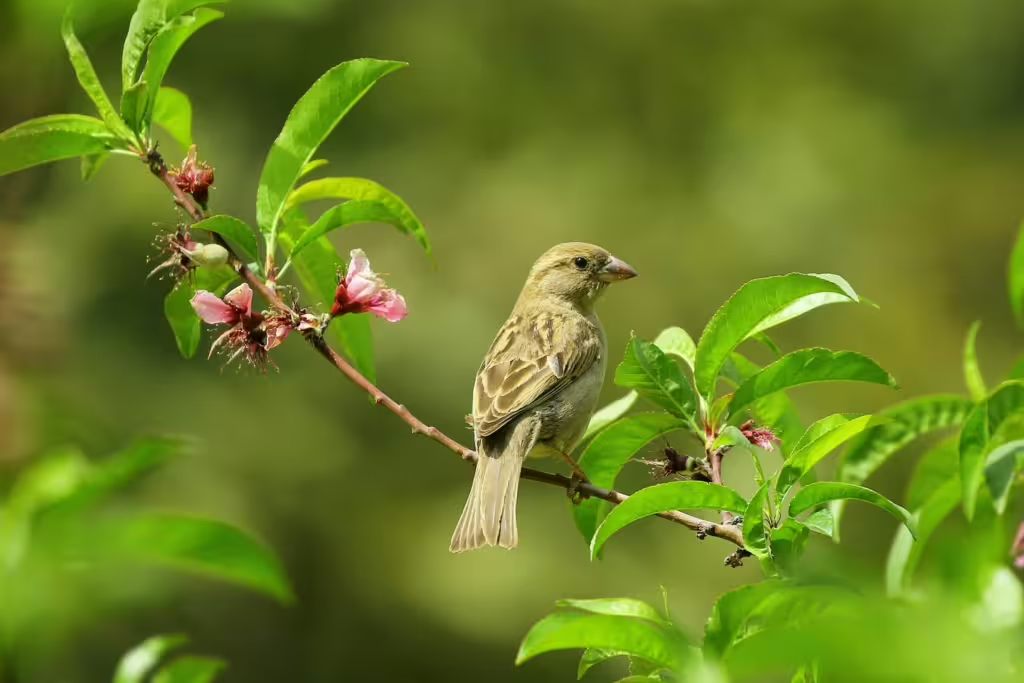
True Investigator Says…
As you can see, flowers are not simply visually stunning, they are an essential piece of the ecological puzzle. Both the environment at large and human culture depends on flowers to survive. Sadly, while many species continue to thrive, climate change consistently presents new challenges to flowers all over the world; challenges that require conservation efforts to overcome. By understanding and protecting these floral wonders, we as a species ensure that future generations can continue to enjoy their beauty and the mamy benefits they offer to the world.
Discover more from TrueInvestigator
Subscribe to get the latest posts sent to your email.
